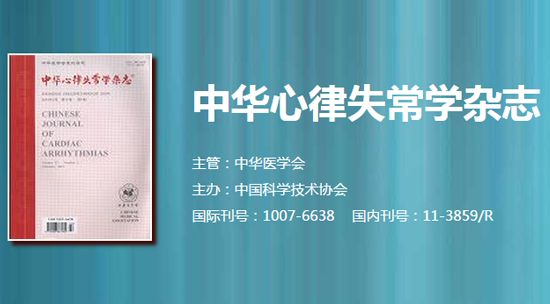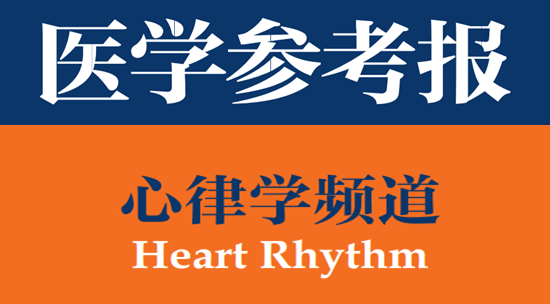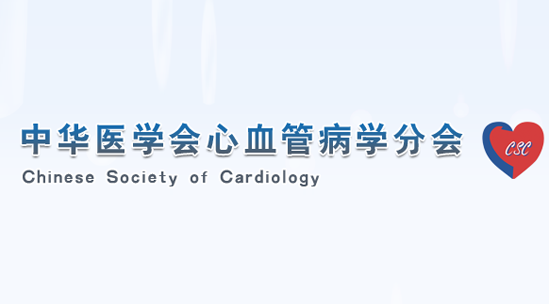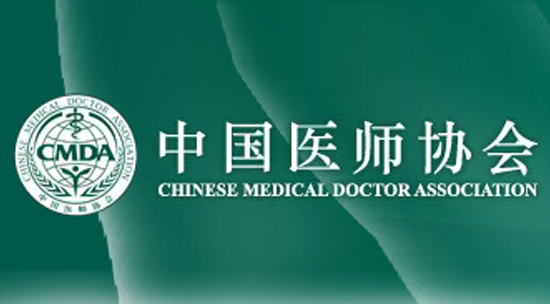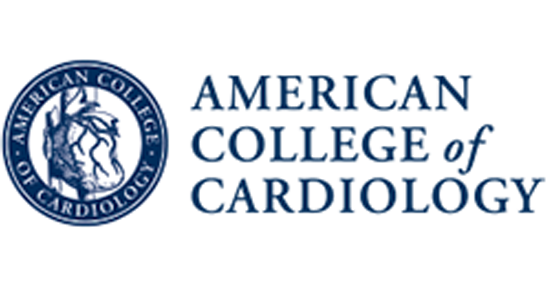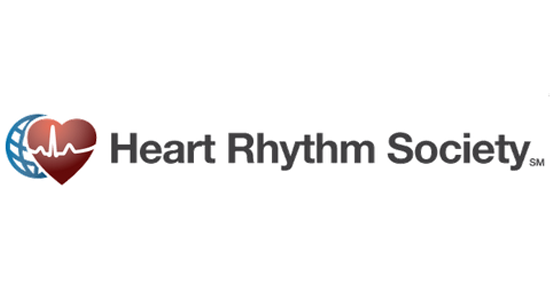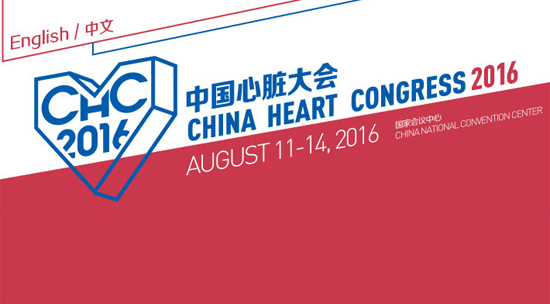HeartRhythm主编—陈鹏生教授语音速递(十月刊 英文版)
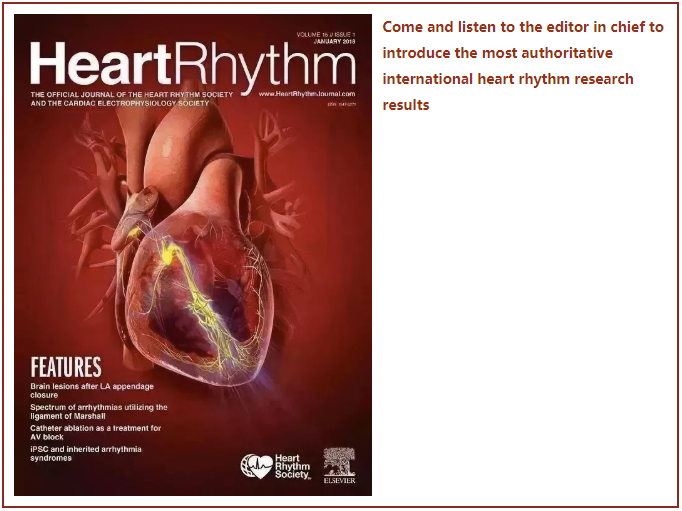

Peng-Sheng Chen
Hello, this is Dr. Peng-Sheng Chen, the Editor-in-Chief of Heart Rhythm. The October 2022 issue of the journal is our annual focus issue on Sudden Death.
The first article is “Malignant Purkinje ectopy induced by sodium channel blockers”. Sodium channel blocker infusion is used to unmask the ECG pattern of Brugada syndrome. The authors reviewed the sodium channel blocker tests performed in 335 patients with suspected ventricular arrhythmias. Sixteen patients showed short coupled PVCs. The patterns were monomorphic in 12 patients, originating from the Purkinje system in mapped patients. Repetitive PVCs were induced in 15 patients (94%) including polymorphic VTs in 9 (56%). The authors conclude that sodium channel blocker can induce short coupled PVC, mostly from Purkinje tissue, in a small subset of patients with idiopathic ventricular arrhythmias. Its high reproducibility suggests a distinct individual mechanism.
A second paper is titled “Predicting arrhythmia recurrence following catheter ablation for ventricular tachycardia using late gadolinium enhancement magnetic resonance imaging: Implications of varying scar ranges”. Thresholding-based analysis LGE-CMR can create scar maps and identify corridors that might provide a reentrant substrate for VT. The purpose of this study was to investigate the impact of 4 different threshold settings on scar and corridor quantification and to correlate this with post-ablation VT recurrence. A wider pixel signal intensity, or PSI, threshold was associated with an increase in border zone mass and a decrease in scar. The best correlation in predicting arrhythmia recurrence was observed for PSI 45-55. The authors conclude that varying PSI has a significant impact on quantification of LGECMR parameters and may have incremental clinical value in predicting arrhythmia recurrence.
Up next is “Skin Sympathetic Nerve Activity and Ventricular Arrhythmias in Acute Coronary Syndrome”. The authors prospectively studied 128 acute coronary syndrome (ACS) and 165 control participants. In the control group, women have higher average skin sympathetic nerve activity (SKNA) than do men at baseline but not during mental stress, suggesting women had a lower sympathetic reserve. In comparison, ACS is associated with equally elevated average SKNA in women vs men at baseline. The adjusted odds ratio for VT and VF is 1.23 for each 0.1 μV aSKNA elevation. aSKNA is positively correlated with plasma norepinephrine level. The authors conclude that ACS is associated with elevated average SKNA, and the magnitude of elevation is associated with the occurrence of VT/VF. Women have higher average SKNA and lower SKNA reserve than men among controls but not among patients with ACS.
The next article is “Characterization of the right ventricular substrate participating in postinfarction ventricular tachycardia”. The authors reviewed 1279 patients with postinfarction VT undergoing catheter ablation. Cases with critical RV substrate is defined by conclusive demonstration of participation in VT during sinus rhythm. The critical RV substrate was identified in 27 of 1279 patients (2.1%). The authors conclude that the RV contains critical substrate elements of postinfarction VT in at least 2.1% of cases. RV mapping should be considered in cases in which LV mapping fails to demonstrate adequate targets, particularly in patients with LBBB morphology VT.
The next one is “Terminal end of retro-aortic root branch: An unrecognized origin for "proximal left anterior fascicle" premature ventricular complexes with narrow QRS duration”. PVCs with narrow QRS duration, inferior frontal plane QRS axis, and RBBB pattern generally originate from the proximal segment of the left anterior fascicle. Twenty-two patients with assumed proximal left anterior fascicle PVCs were enrolled in the study. During sinus rhythm, a cluster of fascicular potentials could be found at the most superior portion of the LV. These potentials represented the terminal end of a discrete branch of the left fascicular system, which the authors named the "retro-aortic root branch". PVCs could be eliminated by ablation from the right coronary cusp in 45.5% (10/22) cases. In the remaining cases, ablation at the early activation site in the LV endocardium successfully abolished PVCs. The authors conclude that the terminal end of the retro-aortic root branch was the actual origin site for PVCs with inferior frontal plane axis, RBBB pattern, and narrow QRS duration.
The following article is “Magnetic Resonance Imaging and Histopathology of Catheter Ablation Lesions after Ventricular Tachycardia Ablation in Patients with Nonischemic Cardiomyopathy”. Twenty-six patients who had undergone CMR imaging after VT ablation were included. Areas of both dark and bright core lesions correlating with previous radiofrequency ablation lesions were identified. Histology was performed on an explanted heart. Twenty-three of 26 patients demonstrated dark core lesions with transmurality of 42% overlaying areas of intramural or transmural LGE. Both dark and bright core lesions were visualized on standard clinical LGE-CMR imaging obtained in the acute setting and chronic settings. The histopathologic analysis demonstrated coagulation necrosis in the area that corresponded to dark core lesions in the post-ablation CMR. The authors conclude that ablation lesions can be detected by LGE-CMR after VT ablation in nonischemic cardiomyopathy patients and have a different appearance than scar tissue. These lesions can be observed in acute and chronic settings after ablations.
Up next is “Analysis of site-specific late potentials using a novel Holter signal-averaged electrocardiography in patients with Brugada syndrome”. 20 consecutive symptomatic and 21 asymptomatic patients with BrS who underwent investigation using conventional SAECG and a novel unipolar Holter-SAECG system were enrolled. During mean follow-up of 76 months, 10 patients (24%) had cardiac events. On the Holter-SAECG system, RMS40 in lead V2 in the third intercostal space at the nighttime was significantly lower in the symptomatic group than in the asymptomatic group. The hazard ratios of daytime and nighttime RMS40 in lead 3L-V2 of <7.7 μV and <6.1 μV were 7.58 and 6.14, respectively. The authors conclude that site-specific late potentials in lead 3L-V2 measured using the novel Holter-SAECG system may be a useful marker for high-risk patients with BrS.
Up next is “The value of genetic testing in the diagnosis and risk stratification of arrhythmogenic right ventricular cardiomyopathy”. The authors included 402 subjects who were diagnosed with definite ARVC. A total of 232 subjects (58%) fulfilled genetic testing criteria. Removing the genetic criterion caused loss of diagnosis in 18 patients (4%) and delay of diagnosis by ≥30 days in 22 patients (5%). Time-to-event analysis showed no significant difference in time from diagnosis to malignant VA between pathogenic variant carriers and noncarriers. The authors conclude that disregarding the genetic criterion of the Task Force Criteria caused loss or delay of diagnosis in 10% of patients with ARVC. Malignant VA occurred in 1% of cases with lost or delayed diagnosis (3 of 402), none of them fatal.
The next article is “Spectrum and prevalence of side effects and complications with guideline directed therapies for congenital long QT syndrome”. Retrospective analysis was performed on 1310 patients with type 1, 2, or 3 LQTS. Beta blockers were used in 1102 (84%), sodium channel blockers in 104 (8%), left cardiac sympathetic denervation in 197 (15%), and an ICD was used in 251 (19%) patients. Overall, 727 (55%) patients reported at least 1 treatmentassociated side effect/complication. Although LQTS-triggered sudden cardiac death is uncommon in properly treated patient, this study demonstrates that contemporary guideline directed therapies for LQTS are not innocuous. Their treatment-related side effects are not trivial and should compel an ongoing quest for new LQTS therapies.
Up next is “Cardiac Crisis: Cardiac Arrhythmias and Cardiomyopathy during TANGO2- deficiency related Metabolic Crises”. TANGO2 deficiency disorder is an autosomal recessive disease associated with metabolic crisis, lethal cardiac arrhythmias, and cardiomyopathy. The authors report 27 children who were admitted for 43 cardiac crises at 14 centers. During the crisis, QTc prolongation occurred in all and a type I Brugada pattern in 8. Arrhythmias included VT in 21 (78%), SVT in 3 (11%), and heart block in 1 (4%). 20 (74%) experienced a cardiac arrest. There were 10 deaths (37%), 6 related to arrhythmias. The authors conclude that TANGO2 deficiency disorder-related cardiac crises are associated with a high risk of arrhythmias, cardiomyopathy, cardiac arrest, and death. Acutely, intravenous magnesium, isoproterenol, atrial pacing, and ECMO as a last resort seem to be the best current treatment options.
The above original articles are followed by two research letters. The first one is titled “Mitral valve abnormalities in decedents of sudden cardiac death due to hypertrophic cardiomyopathy and idiopathic left ventricular hypertrophy”. The authors report that mitral valve abnormalities were identified in 22% of decedents of sudden cardiac death attributed to hypertrophic cardiomyopathy and in 5% to idiopathic left ventricular hypertrophy. A second research letter is titled “Dependence of epicardial T-wave on local activation voltage in Brugada syndrome”. The authors found a strong correlation between the amplitude of local activation and the depth of the negative epicardial T wave in Brugada syndrome.
In addition to the above sudden death-focused articles, the journal also published regular articles on this issue. The first one is titled “Temporal trends of device-related infection in de novo transvenous implantable cardioverter-defibrillator Medicare patients with underlying kidney disease”. Medicare administrative and claims data were used to identify patients who underwent de novo transvenous-ICD implantation between 2016 and 2018. Overall, 809 of 42,200 patients (1.9%) had at least 1 device infection during mean follow-up of 66 weeks. The incidence of infection increased during the first 8-12 weeks and declined thereafter. The authors conclude that the incidence of infection after de novo transvenous -ICD implantation is higher when patients have kidney disease and is substantially higher when patients are dialysis-dependent.
The second article is “Management of older patients with unexplained, recurrent, traumatic syncope and bifascicular block: implantable loop recorder versus empiric pacemaker implantation. Results of a propensity-matched analysis”A total of 309 consecutive patients were enrolled. Propensity matching yielded 89 matched pairs. After median follow-up of 33 months, empiric PM implantation was associated with a significantly lower risk of syncope recurrence than ILR monitoring. A total of 35 patients (39.3%) who underwent ILR monitoring developed bradyarrhythmias requiring pacemaker implantation during follow-up. The authors conclude that in patients with unexplained, recurrent, traumatic syncope and bifascicular block, empiric pacemaker implantation significantly reduced the risk of syncope recurrence in comparison with ILR monitoring. A high rate of patients who underwent ILR monitoring developed bradyarrhythmias requiring PM implantation.
The next one is “Clinical impact of ECG change on oversensing of subcutaneous implantable cardioverter-defibrillators”. The authors retrospectively enrolled 99 consecutive patients who underwent S-ICD implantation. Oversensing events were observed in 4 of 6 patients with ECG change (67%), and 3 patients underwent S-ICD removal because of inevitable shock. Contrastingly, of the remaining patients without ECG change, all 7 patients who experienced oversensing events could continue using S-ICD with the reprogramming and/or restriction of excessive exercise. The authors conclude that unavoidable oversensing resulting in S-ICD removal is caused by ECG change. Oversensing in patients without ECG change can be managed.
Up next is “Performance of the American Heart Association/American College of Cardiology/Heart Rhythm Society versus European Society of Cardiology Guideline Criteria for Hospital Admission of Patients with Syncope”. The purpose of this study was to directly compare the safety and efficacy of applying admission criteria of both guidelines to patients presenting with syncope to the emergency department in 2 multicenter studies with a total of 4600 patients. The authors found that ACC/AHA/HRS and ESC guidelines showed disagreement regarding admission for 1 in 4 patients and had only modest sensitivity for 30-d major adverse cardiovascular events. These findings indicate possible opportunities for improvements.
Up next is “Stimulation of the mitochondrial calcium uniporter mitigates chronic heart failure-associated ventricular arrhythmia in mice”. The purpose of this study was to investigate whether enhanced Ca2+ uptake of mitochondria may compensate for an abnormal increase in the [Ca2+]i of ventricular myocytes in heart failure (HF) to effectively mitigate ventricular arrhythmias. The authors used a HF mouse model in which myocardial infarction was induced by permanent left anterior descending coronary artery ligation. The mitochondrial Ca2+ uniporter was stimulated by kaempferol, a polyphenol antioxidant found in fruits and vegetables. The results show that treatment of cardiomyocytes with kaempferol, isolated from HF mice 28 days after coronary ligation, reduced the appearance of aberrant diastolic [Ca2+]i waves and sparks and spontaneous action potentials. Kaempferol effectively reduced VA occurring in Langendorff-perfused hearts. The effects of kaempferol in HF of mice implied that mitochondria may have the potential to compensate for abnormal [Ca2+]i. Mechanisms involved in mitochondrial Ca2+ uptake may provide novel targets for treatment of HF-associated ventricular arrhythmias.
The next article is a contemporary review titled “How does the cardiac impulse pass from the sinus to the atrioventricular node?” The authors summarize the evidence that shows it is the aggregation of the working atrial cardiomyocytes within the atrial walls that underscores preferential anisotropic interatrial conduction.
We also published 4 research letters. The first one is “Air entrapment as a cause of S-ICD inappropriate shock”. The authors conclude that air entrapment should be considered an early complication and an uncommon cause of inappropriate shock in S-ICD recipients. The next letter is “Multidetector Computed Tomography identification of previous ablation lines: insights for left atrial flutter ablation”. The authors propose that the multidetector computed tomography determined LA wall thickness may facilitate LA flutter ablation procedures. A third one is “Using a single steerable sheath for simultaneous left atrial appendage occluder implantation and pulmonary vein isolation”. The authors demonstrated the feasibility of using a single steerable deflectable sheath for LAA occluder implantation and PVI in a combined procedure. The next letter is titled “Predictors of loss of capture in left bundle branch pacing: A multicenter experience”. The authors found a 3-fold increased hazard of loss of LBB capture of stylet-driven extendable-retractable helix lead than the lumen-less fixed helix lead.
The final article is the 2022 HRS expert consensus statement on the evaluation and management of arrhythmic risk in neuromuscular disorders.
I hope you enjoyed this podcast. For Heart Rhythm, I’m the Editor-In-Chief, Dr. Peng-Sheng Chen.
